Version History
Contents
1 Introduction
1.1 Scope of the document
1.2 Related documents
1.3 Terms and Abbreviations
1.4 Definitions and Conventions
1.5 AT Interface Synopsis
1.5.1 Interface Settings
1.5.2 AT Commands Syntax
1.5.3 Supported character sets
2 AT Commands According to V.25TER
2.1 Overview of AT Commands According to V.25TER
2.2 Detailed Description of AT Commands for V.25TERNetwork
2.2.1 A/ Re-issues the Last Command Given
2.2.2 ATD Dial command
2.2.3 ATA Call answer
2.2.4 ATH Disconnect existing call
2.2.5 ATS0 Automatic answer incoming call
2.2.6 +++ Switch from data mode to command mode
2.2.7 ATO Switch from command mode to data mode
2.2.8 ATI Display product identification information
2.2.9 ATE Enable command echo
2.2.10 AT&V Display current configuration
2.2.11 ATV Set result code format mode
2.2.12 AT&F Set all current parameters to manufacturer defaults
2.2.13 ATQ Set Result Code Presentation Mode
2.2.14 ATX Set CONNECT Result Code Format
2.2.15 AT&W Save the user setting to ME
2.2.16 ATZ Restore the user setting from ME
2.2.17 AT+CGMI Request manufacturer identification
2.2.18 AT+CGMM Request model identification
2.2.19 AT+CGMR Request revision identification
2.2.20 AT+CGSN Request product serial number identification
2.2.21 AT+CSCS Select TE character set
2.2.22 AT+GCAP Request overall capabilities
3 AT Commands for Status Control
3.1 Overview of AT Commands for Status Control
3.2 Detailed Description of AT Commands for Status Control
3.2.1 AT+CFUN Set phone functionality
3.2.2 AT+CSQ Query signal quality
3.2.3 AT+AUTOCSQ Set CSQ report
3.2.4 AT+CSQDELTA Set RSSI delta change threshold
3.2.5 AT+CPOF Power down the module
3.2.6 AT+CRESET Reset the module
3.2.7 AT+CACM Accumulated call meter
3.2.8 AT+CAMM Accumulated call meter maximum
3.2.9 AT+CPUC Price per unit and currency table
3.2.10 AT+CCLK Real time clock management
3.2.11 AT+CMEE Report mobile equipment error
3.2.12 AT+CPAS Phone activity status
3.2.13 AT+SIMEI Set IMEI for the module
4 AT Commands for Network
4.1 Overview of AT Commands for Network
4.2 Detailed Description of AT Commands for Network
4.2.1 AT+CREG Network registration
4.2.2 AT+COPS Operator selection
4.2.3 AT+CUSD Unstructured supplementary service data
4.2.4 AT+CSSN Supplementary service notifications
4.2.5 AT+CPOL Preferred operator list
4.2.6 AT+COPN Read operator names
4.2.7 AT+CNMP Preferred mode selection
4.2.8 AT+CNBP Preferred band selection
4.2.9 AT+CPSI Inquiring UE system information
4.2.10 AT+CNSMOD Show network system mode
4.2.11 AT+CTZU Automatic time and time zone update
4.2.12 AT+CTZR Time and time zone reporting
5 AT Commands for Packet Domain
5.1 Overview of AT Commands for Packet Domain
5.2 Detailed Description of AT Commands for Packet Domain
5.2.1 AT+CGREG Network registration status
5.2.2 AT+CEREG EPS network registration status
5.2.3 AT+CGATT Packet domain attach or detach
5.2.4 AT+CGACT PDP context activate or deactivate
5.2.5 AT+CGDCONT Define PDP context
5.2.6 AT+CGDSCONT Define Secondary PDP Context
5.2.7 AT+CGTFT Traffic Flow Template
5.2.8 AT+CGQREQ Quality of service profile (requested)
5.2.9 AT+CGEQREQ 3G quality of service profile (requested)
5.2.10 AT+CGQMIN Quality of service profile (minimum acceptable)
5.2.11 AT+CGEQMIN 3G quality of service profile (minimum acceptable)
5.2.13 AT+CGPADDR Show PDP address
5.2.14 AT+CGCLASS GPRS mobile station class
5.2.15 AT+CGEREP GPRS event reporting
5.2.16 AT+CGAUTH Set type of authentication for PDP-IP connections of GPRS
5.2.17 AT+CPING Ping destination address
6 AT Commands for SIM Card
6.1 Overview of AT Commands for SIM Card
6.2 Detailed Description of AT Commands for SIM Card
6.2.1 AT+CICCID Read ICCID from SIM card
6.2.2 AT+CPIN Enter PIN
6.2.3 AT+CLCK Facility lock
6.2.4 AT+CPWD Change password
6.2.5 AT+CIMI Request international mobile subscriber identity
6.2.6 AT+CSIM Generic SIM access
6.2.7 AT+CRSM Restricted SIM access
6.2.8 AT+SPIC Times remain to input SIM PIN/PUK
6.2.9 AT+CSPN Get service provider name from SIM
6.2.10 AT+UIMHOTSWAPON Set UIM Hotswap Function On
6.2.11 AT+UIMHOTSWAPLEVEL Set UIM Card Detection Level
7 AT Commands for Call Control
7.1 Overview of AT Commands for Call Control
7.2 Detailed Description of AT Commands for Call Control
7.2.1 AT+CVHU Voice hang up control
7.2.2 AT+CHUP Hang up call
7.2.3 AT+CBST Select bearer service type
7.2.4 AT+CRLP Radio link protocol
7.2.5 AT+CRC Cellular result codes
7.2.6 AT+CLCC List current calls
7.2.7 AT+CEER Extended error report
7.2.8 AT+CCWA Call waiting
7.2.9 AT+CCFC Call forwarding number and conditions
7.2.10 AT+CLIP Calling line identification presentation
7.2.11 AT+CLIR Calling line identification restriction
7.2.12 AT+COLP Connected line identification presentation
7.2.13 AT+VTS DTMF and tone generation
7.2.14 AT+VTD Tone duration
7.2.15 AT+CSTA Select type of address
7.2.16 AT+CMOD Call mode
7.2.17 AT+VMUTE Speaker mute control
7.2.18 AT+CMUT Microphone mute control
7.2.19 AT+CSDVC Switch voice channel device
7.2.20 AT+CMICGAIN Adjust mic gain
7.2.21 AT+COUTGAIN Adjust out gain
8 AT Commands for Phonebook
8.1 Overview of AT Commands for Phonebook
8.2 Detailed Description of AT Commands for Phonebook
8.2.1 AT+CPBS Select phonebook memory storage
8.2.2 AT+CPBR Read phonebook entries
8.2.3 AT+CPBF Find phonebook entries
8.2.4 AT+CPBW Write phonebook entry
8.2.5 AT+CNUM Subscriber number
9 AT Commands for SMS
9.1 Overview of AT Commands for SMS
9.2 Detailed Description of AT Commands for SMS
9.2.1 AT+CSMS Select message service
9.2.2 AT+CPMS Preferred message storage
9.2.3 AT+CMGF Select SMS message format
9.2.4 AT+CSCA SMS service centre address
9.2.5 AT+CSCB Select cell broadcast message indication
9.2.6 AT+CSMP Set text mode parameters
9.2.7 AT+CSDH Show text mode parameters
9.2.8 AT+CNMA New message acknowledgement to ME/TA
9.2.9 AT+CNMI New message indications to TE
9.2.10 AT+CGSMS Select service for MO SMS messages
9.2.11 AT+CMGL List SMS messages from preferred store
9.2.12 AT+CMGR Read message
9.2.13 AT+CMGS Send message
9.2.14 AT+CMSS Send message from storage
9.2.15 AT+CMGW Write message to memory
9.2.16 AT+CMGD Delete message
9.2.17 AT+CMGMT Change message status
9.2.18 AT+CMVP Set message valid period
9.2.19 AT+CMGRD Read and delete message
9.2.20 AT+CMGSEX Send message
9.2.21 AT+CMSSEX Send multi messages from storage
10 AT Commands for Serial Interface
10.1 Overview of AT Commands for Serial Interface
10.2 Detailed Description of AT Commands for Serial Interface
10.2.1 AT&D Set DTR function mode
10.2.2 AT&C Set DCD function mode
10.2.3 AT+IPR Set local baud rate temporarily
10.2.4 AT+IPREX Set local baud rate permanently
10.2.5 AT+ICF Set control character framing
10.2.6 AT+IFC Set local data flow control
10.2.7 AT+CSCLK Control UART Sleep
10.2.8 AT+CMUX Enable the multiplexer over the UART
10.2.9 AT+CATR Configure URC destination interface
10.2.10 AT+CFGRI Configure RI pin
10.2.11 AT+CURCD Configure the delay time and number of URC
11 AT Commands for Hardware
11.1 Overview of AT Commands for Hardware
11.2 Detailed Description of AT Commands for Hardware
11.2.1 AT+CVALARM Low and high voltage Alarm
11.2.2 AT+CVAUXS Set state of the pin named VDD_AUX
11.2.3 AT+CVAUXV Set voltage value of the pin named VDD_AUX
11.2.4 AT+CADC Read ADC value
11.2.5 AT+CADC2 Read ADC2 value
11.2.6 AT+CMTE Control the module critical temperature URC alarm
11.2.7 AT+CPMVT Related low and high voltage causing Power Off
11.2.8 AT+CRIIC Read values from register of IIC device nau8810
11.2.9 AT+CWIIC Write values to register of IIC device nau8810
11.2.10 AT+CBC Read the voltage value of the power supply
11.2.11 AT+CPMUTEMP Read the temperature of the module
11.2.12 AT+CGDRT Set the direction of specified GPIO
11.2.13 AT+CGSETV Set the value of specified GPIO
11.2.14 AT+CGGETV Get the value of specified GPIO
11.2.15 Unsolicited result codes
12 AT Commands for File System
12.1 Overview of AT Commands for File System
12.2 Detailed Description of AT Commands for File System
12.2.1 AT+FSCD Select directory as current directory
12.2.2 AT+FSMKDIR Make new directory in current directory
12.2.3 AT+FSRMDIR Delete directory in current directory
12.2.4 AT+FSLS List directories/files in current directory
12.2.5 AT+FSDEL Delete file in current directory
12.2.6 AT+FSRENAME Rename file in current directory
12.2.7 AT+FSATTRI Request file attributes
12.2.8 AT+FSMEM Check the size of available memory
12.2.9 AT+FSCOPY Copy an appointed file
13 AT Commands for File Transmission
13.1 Overview of AT Commands for File Transmission
13.2 Detailed Description of AT Commands for File Transmission
13.2.1 AT+CFTRANRX Transfer a file to EFS
13.2.2 AT+CFTRANTX Transfer a file from EFS to host
14 AT Commands for Internet Service
14.1 Overview of AT Commands for HTP and NTP
14.2 Detailed Description of AT Commands for HTP and NTP
14.2.1 AT+CHTPSERV Set HTP server information
14.2.2 AT+CHTPUPDATE Updating date time using HTP protocol
14.2.3 AT+CNTP Update system time
14.3 Command result codes
14.3.1 Unsolicited HTP Codes
14.3.2 Unsolicited NTP Codes
15 AT Commands for TCP/IP
15.1 Overview of AT Commands for TCP/IP
15.2 Detailed Description of AT Commands for TCP/IP
15.2.1 AT+NETOPEN Start Socket Service
15.2.2 AT+NETCLOSE Stop Socket Service
15.2.3 AT+CIPOPEN Establish Connection in Multi-Socket Mode
15.2.4 AT+CIPSEND Send data through TCP or UDP Connection
15.2.5 AT+CIPRXGET Set the Mode to Retrieve Data
15.2.6 AT+CIPCLOSE Close TCP or UDP Socket
15.2.7 AT+IPADDR Inquire Socket PDP address
15.2.8 AT+CIPHEAD Add an IP Header When Receiving Data
15.2.9 AT+CIPSRIP Show Remote IP Address and Port
15.2.10 AT+CIPMODE Set TCP/IP Application Mode
15.2.11 AT+CIPSENDMODE Set Sending Mode
15.2.12 AT+CIPTIMEOUT Set TCP/IP Timeout Value
15.2.13 AT+CIPCCFG Configure Parameters of Socket
15.2.14 AT+SERVERSTART Startup TCP Sever
15.2.15 AT+SERVERSTOP Stop TCP Sever
15.2.16 AT+CIPACK Query TCP Connection Data Transmitting Status
15.2.17 AT+CDNSGIP Query the IP Address of Given Domain Name
15.3 Command result codes
15.3.1 Description of
15.3.2 Description of
15.3.3 Information Elements related to TCP/IP
16 AT Commands for HTTP(S)
16.1 Overview of AT Commands for HTTP(S)
16.2 Detailed Description of AT Commands for HTTP(S)
16.2.1 AT+HTTPINIT Start HTTP service
16.2.2 AT+HTTPTERM Stop HTTP Service
16.2.3 AT+HTTPPARA Set HTTP Parameters value
16.2.4 AT+HTTPACTION HTTP Method Action
16.2.5 AT+HTTPHEAD Read the HTTP Header Information of Server Respons
16.2.6 AT+HTTPREAD Read the response information of HTTP Server
16.2.7 AT+HTTPDATA Input HTTP Data
16.2.8 AT+HTTPPOSTFILE Send HTTP Request to HTTP(S) server by File
16.2.9 AT+HTTPREADFILE Receive HTTP Response Content to a file
16.3 Summary of HTTP Response Code
16.4 Summary of HTTP error Code
17 AT Commands for FTP(S)
17.1 Overview of AT Commands for FTP(S)
17.2 Detailed Description of AT Commands for FTP(S)
17.2.1 AT+CFTPSSTART Start FTP(S) service
17.2.2 AT+CFTPSSTOP Stop FTP(S) Service
17.2.3 AT+CFTPSLOGIN Login to a FTP(S)server
17.2.4 AT+CFTPSLOGOUT Logout a FTP(S) server
17.2.5 AT+CFTPSLIST List the items in the directory on FTP(S) server
17.2.6 AT+CFTPSMKD Create a new directory on FTP(S) server
17.2.7 AT+CFTPSRMD Delete a directory on FTP(S) server
17.2.8 AT+CFTPSCWD Change the current directory on FTP(S) server
17.2.9 AT+CFTPSPWD Get the current directory on FTP(S) server
17.2.10 AT+CFTPSDELE Delete a file on FTP(S) server
17.2.11 AT+CFTPSGETFILE Download a file from FTP(S) server to module
17.2.12 AT+CFTPSPUTFILE Upload a file from module to FTP(S) server
17.2.13 AT+CFTPSGET Get a file from FTP(S) server to serial port
17.2.14 AT+CFTPSPUT Put a file to FTP(S) server through serial port
17.2.15 AT+CFTPSSINGLEIP Set FTP(S) data socket address type
17.2.16 AT+CFTPSSIZE Get the file size on FTP(S) server
17.2.17 AT+CFTPSTYPE Set the transfer type on FTP(S) server
17.2.18 AT+CFTPSSLCFG Set the SSL context id for FTPS session
17.3 Command result codes
18 AT Commands for MQTT(S)
18.1 Overview of AT Commands for MQTT(S)
18.2 Detailed Description of AT Commands for MQTT(S)
18.2.1 AT+CMQTTSTART Start MQTT service
18.2.2 AT+CMQTTSTOP Stop MQTT service
18.2.3 AT+CMQTTACCQ Acquire a client
18.2.4 AT+CMQTTREL Release a client
18.2.5 AT+CMQTTSSLCFG Set the SSL context (only for SSL/TLS MQTT)
18.2.6 AT+CMQTTWILLTOPIC Input the topic of will message
18.2.7 AT+CMQTTWILLMSG Input the will message
18.2.8 AT+CMQTTCONNECT Connect to MQTT server
18.2.9 AT+CMQTTDISC Disconnect from server
18.2.10 AT+CMQTTTOPIC Input the topic of publish message
18.2.11 AT+CMQTTPAYLOAD Input the publish message
18.2.12 AT+CMQTTPUB Publish a message to server
18.2.13 AT+CMQTTSUBTOPIC Input the topic of subscribe message
18.2.14 AT+CMQTTSUB Subscribe a message to server
18.2.15 AT+CMQTTUNSUBTOPIC Input the topic of unsubscribe message
18.2.16 AT+CMQTTUNSUB Unsubscribe a message to server
18.2.17 AT+CMQTTCFG Configure the MQTT Context
18.3 Command result codes and unsolicited codes
18.3.1 Command result codes
18.3.2 Unsolicited result codes
19 AT Commands for SSL
19.1 Overview of AT Commands for SSL
19.2 Detailed Description of AT Commands for SSL
19.2.1 AT+CSSLFG Configure the SSL Context
19.2.2 AT+CCERTDOWN Download certificate into the module
19.2.3 AT+CCERTLIST List certificates
19.2.4 AT+CCERTDELE Delete certificates
19.2.5 AT+CCHSET Configure the report mode of sending and receiving data
19.2.6 AT+CCHMODE Configure the mode of sending and receiving data
19.2.7 AT+CCHSTART Start SSL service
19.2.8 AT+CCHSTOP Stop SSL service
19.2.9 AT+CCHADDR Get the IPv4 address
19.2.10 AT+CCHSSLCFG Set the SSL context
19.2.11 AT+CCHCFG Configure the Client Context
19.2.12 AT+CCHOPEN Connect to server
19.2.13 AT+CCHCLOSE Disconnect from server
19.2.14 AT+CCHSEND Send data to server
19.2.15 AT+CCHRECV Read the cached data that received from the server
19.3 Command result codes and unsolicited codes
19.3.1 Command result codes
19.3.2 Unsolicited result codes
20 AT Commands for TTS
20.1 Overview of AT Commands for TTS
20.2 Detailed Description of AT Commands for TTS
20.2.1 AT+CTTS TTS operation
20.2.2 AT+CTTSPARAM Set TTS Parameters
21 AT Commands for TTS
21.1 Overview of AT Commands for TTS
21.2 Detailed Description of AT Commands for TTS
21.2.1 AT+CTTS TTS operation
21.2.2 AT+CTTSPARAM Set TTS Parameters
22 AT Commands for Audio
22.1 Overview of AT Commands for Audio
22.2 Detailed Description of AT Commands for Audio
22.2.1 AT+CCMXPLAY Play audio file
22.2.2 AT+CCMXSTOP Stop playing audio file
22.2.3 AT+CREC Record Wav Audio File
23 AT Commands for SFOTA
23.1 Overview of AT Commands for SFOTA
23.2 Detailed Description of AT Commands for SFOTA
23.2.1 AT+CAPFOTA Start / Close FOTA service
23.2.2 AT+CSCFOTA Configure parameters and download upgrade package
23.3 Command result codes
23.3.1 Command result report codes
23.3.2 Command result codes
24 Summary of ERROR Codes
24.1 Verbose code and numeric code
24.2 Response string of AT+CEER
24.3 Summary of CME ERROR codes
24.4 Summary of CMS ERROR codes
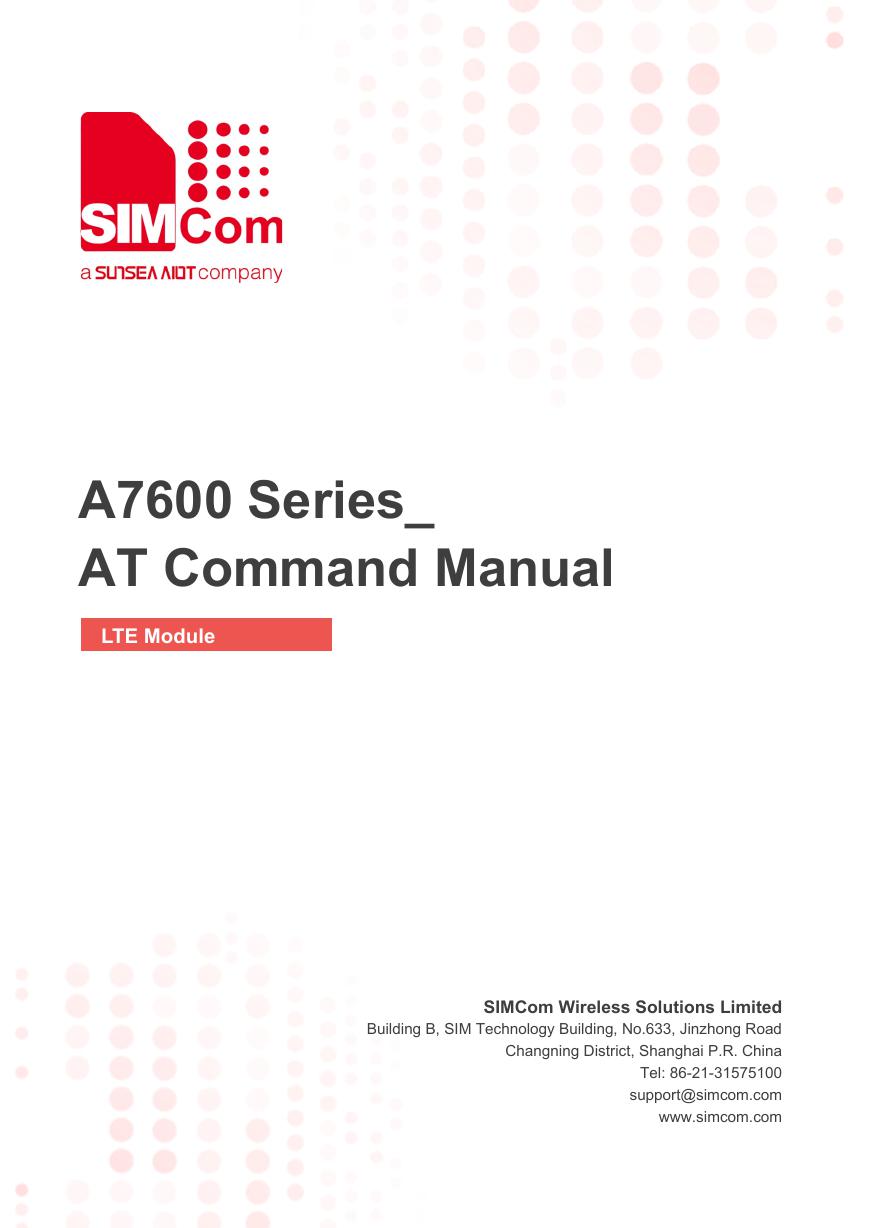
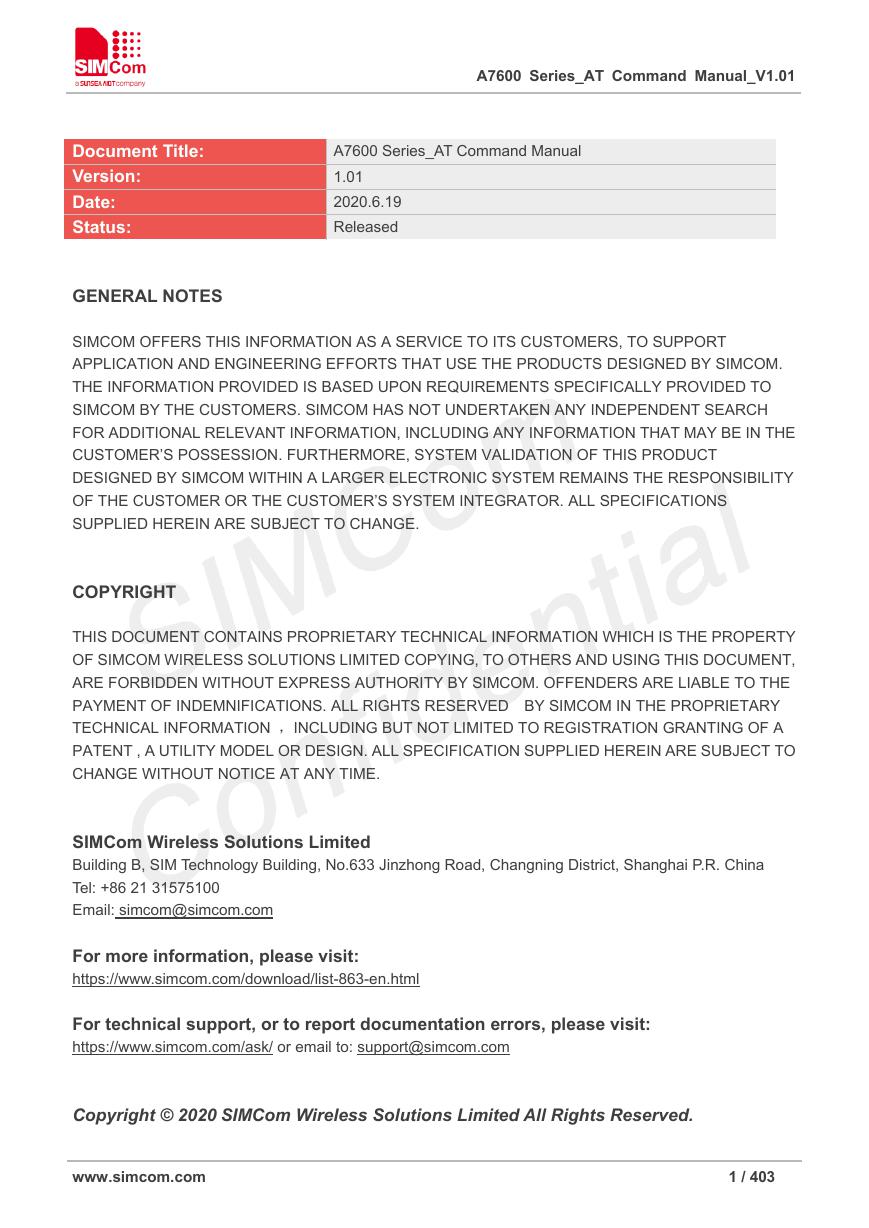
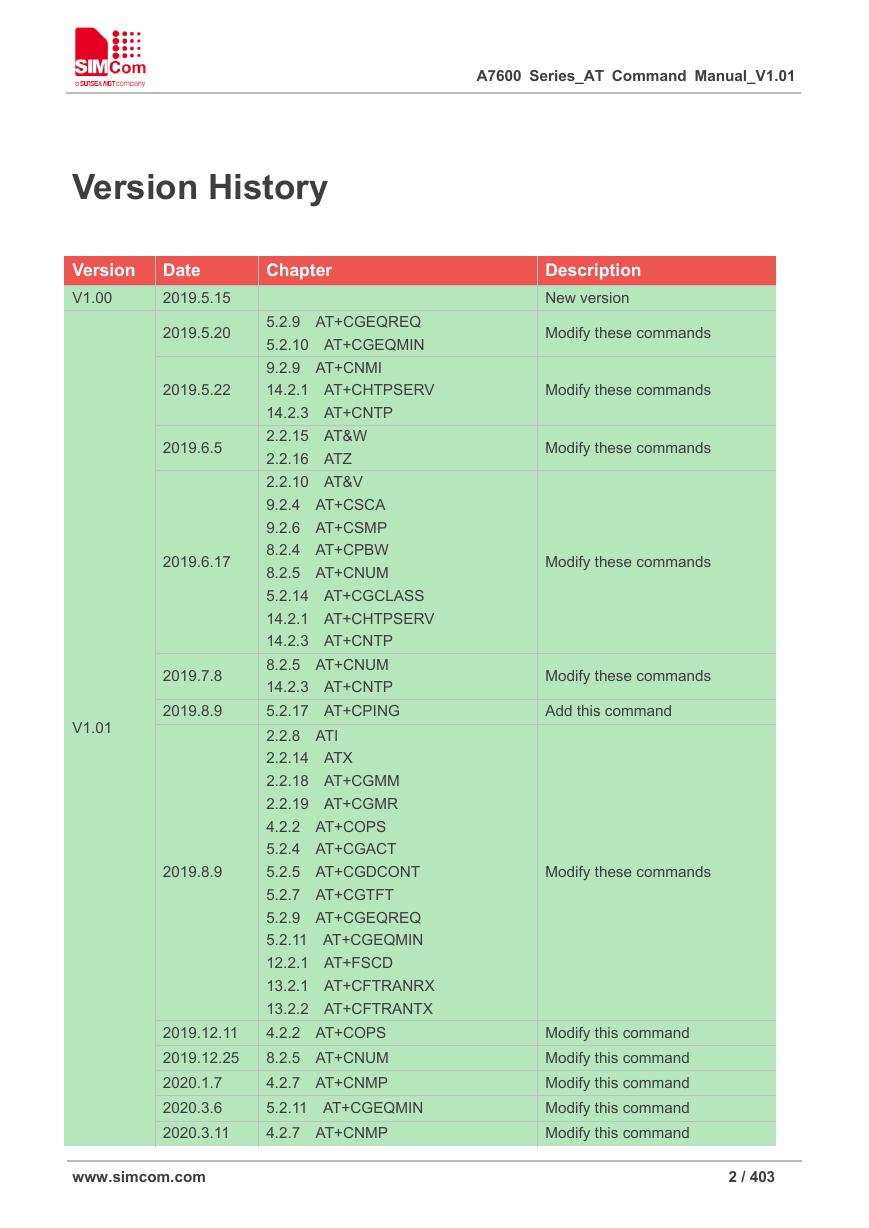
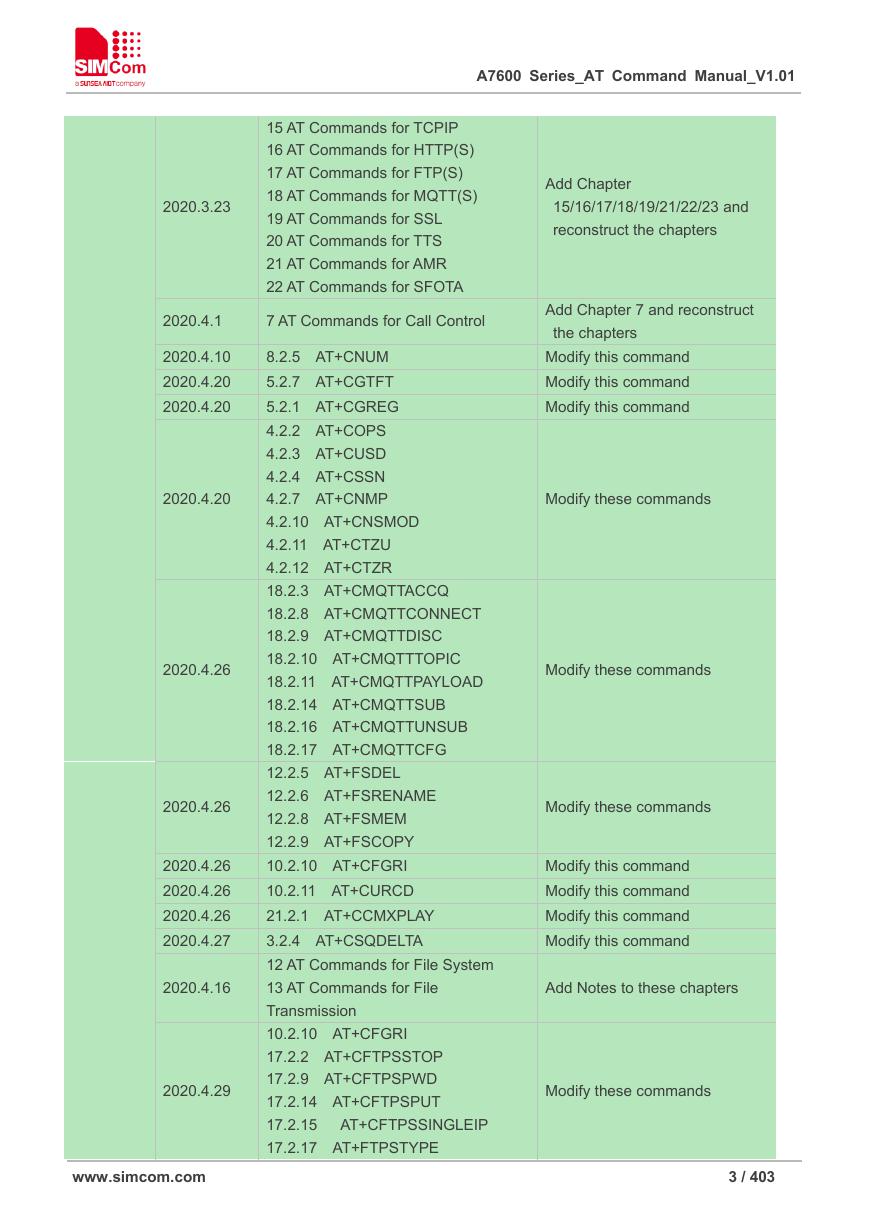

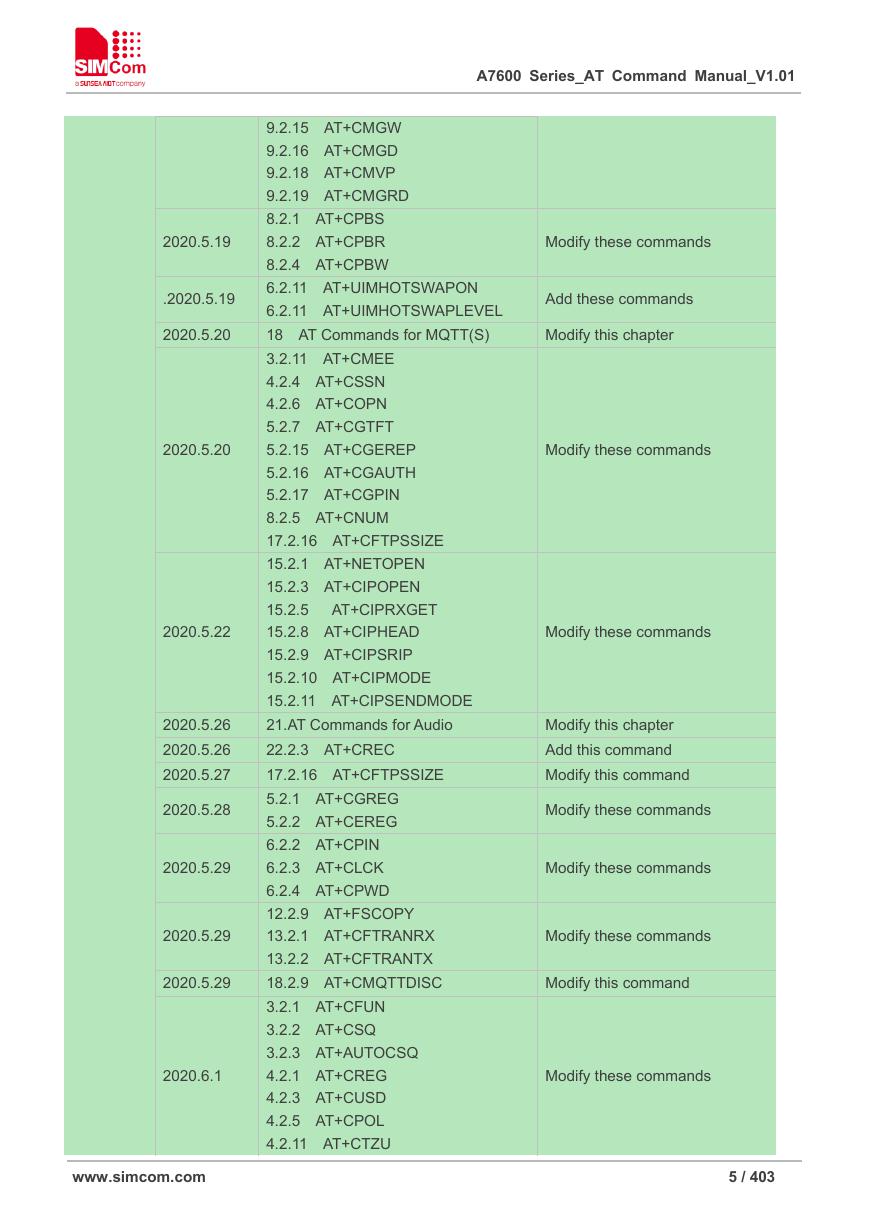
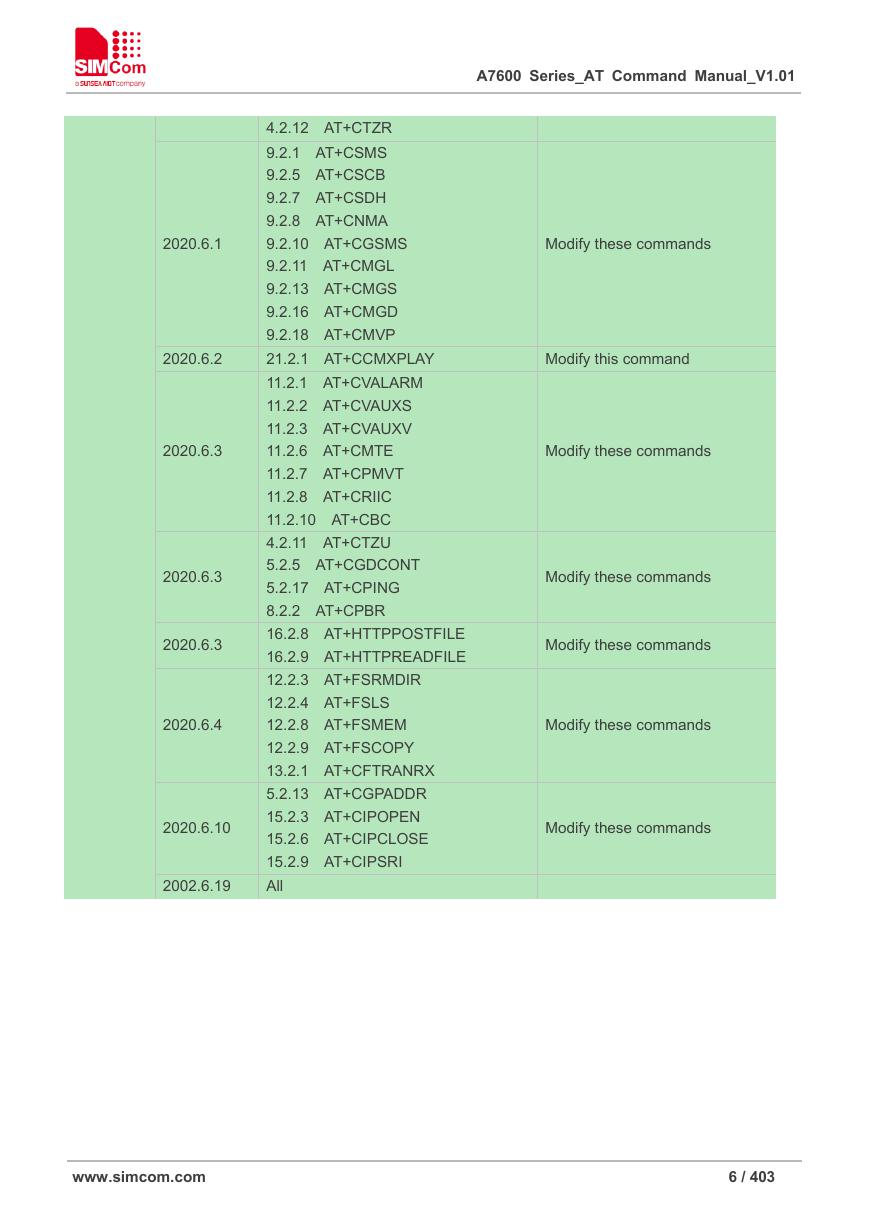
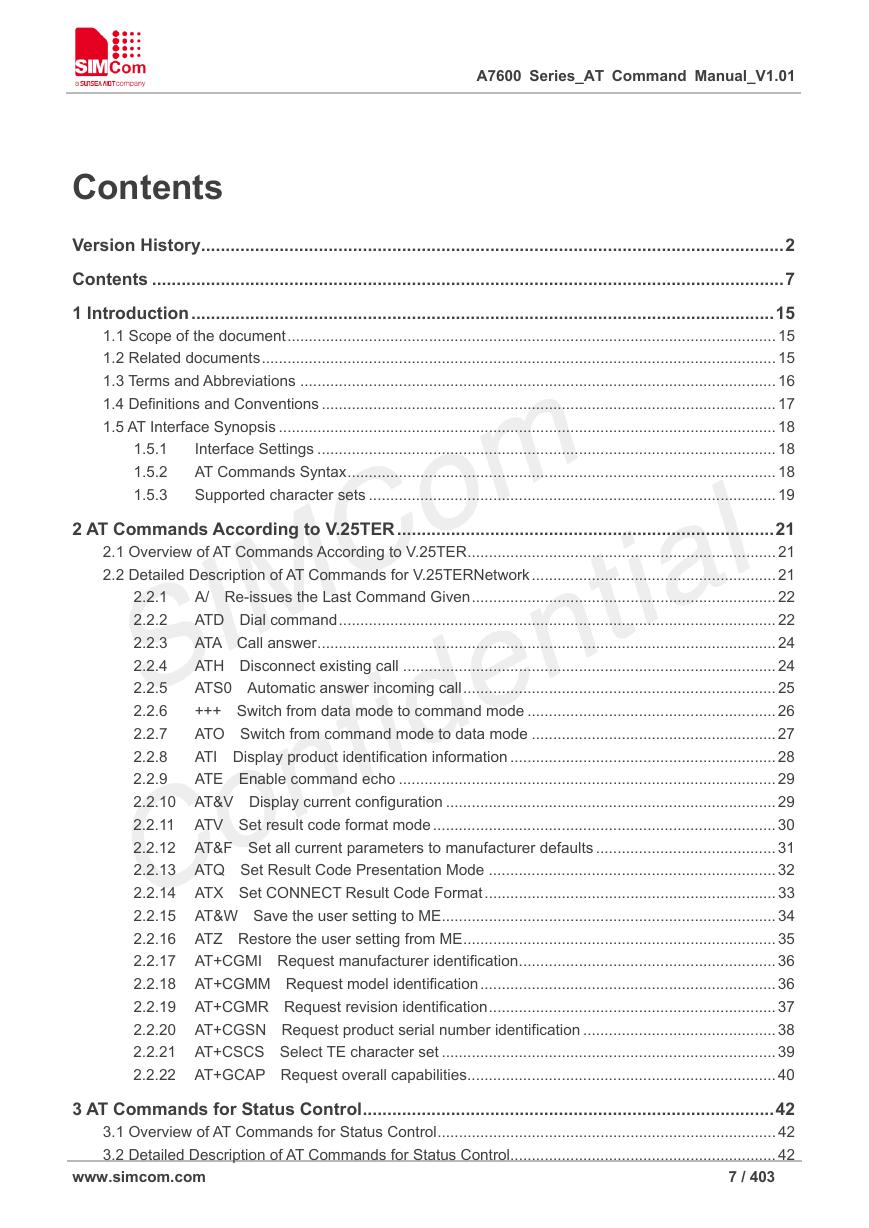








 V2版本原理图(Capacitive-Fingerprint-Reader-Schematic_V2).pdf
V2版本原理图(Capacitive-Fingerprint-Reader-Schematic_V2).pdf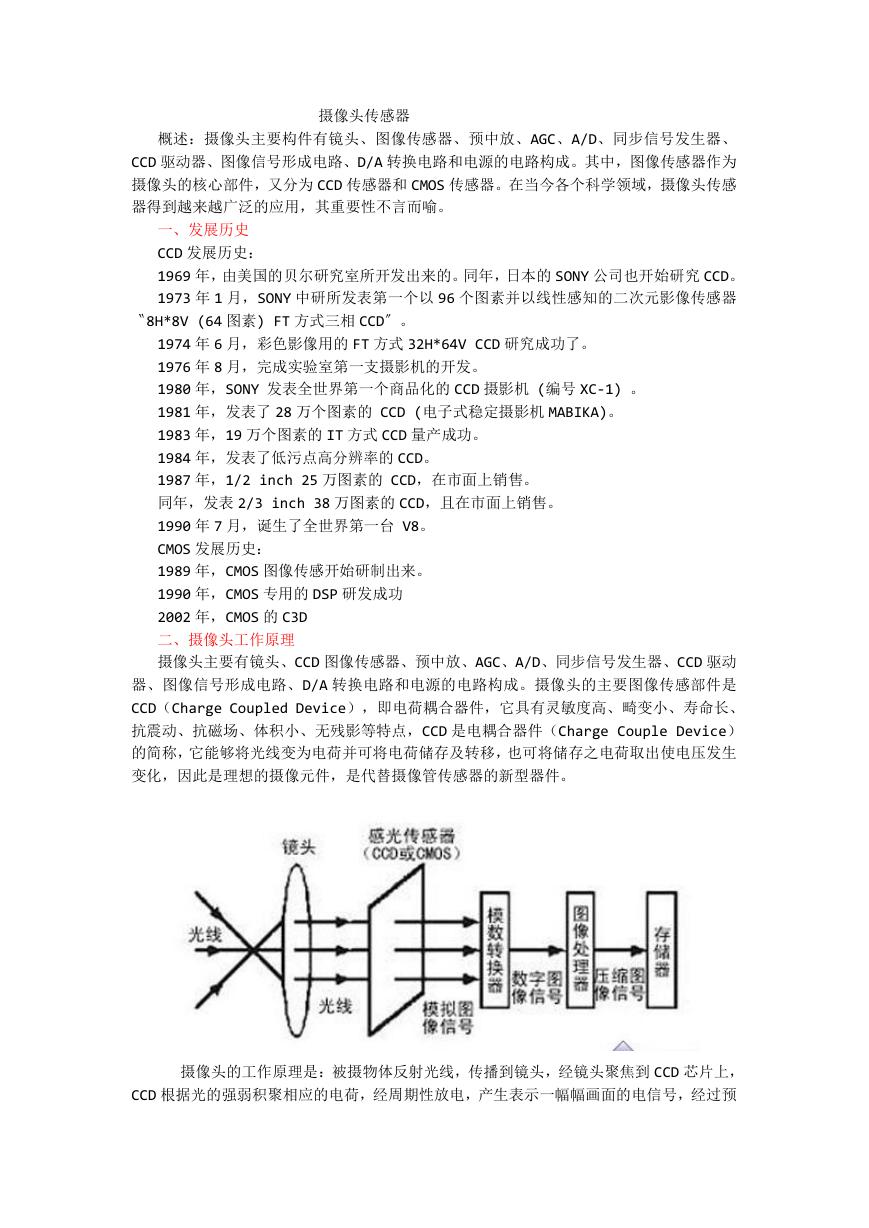 摄像头工作原理.doc
摄像头工作原理.doc VL53L0X简要说明(En.FLVL53L00216).pdf
VL53L0X简要说明(En.FLVL53L00216).pdf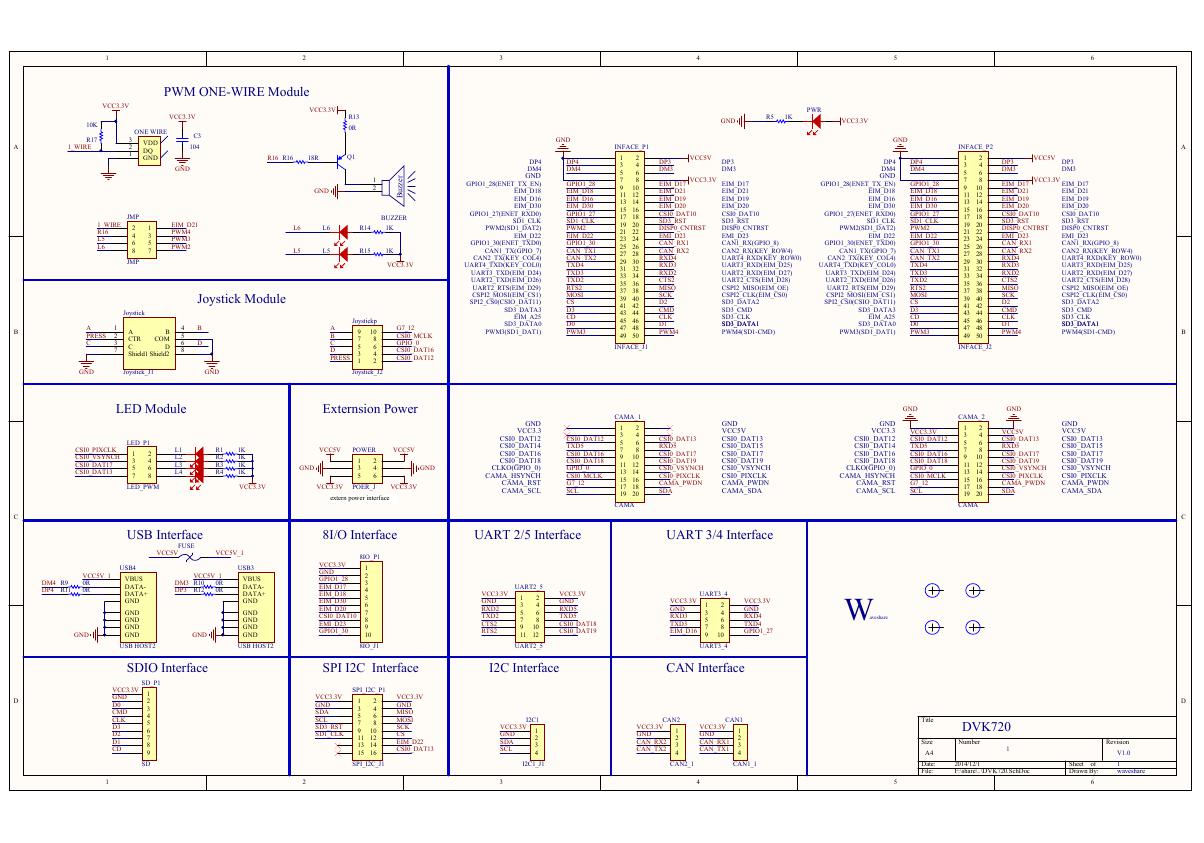 原理图(DVK720-Schematic).pdf
原理图(DVK720-Schematic).pdf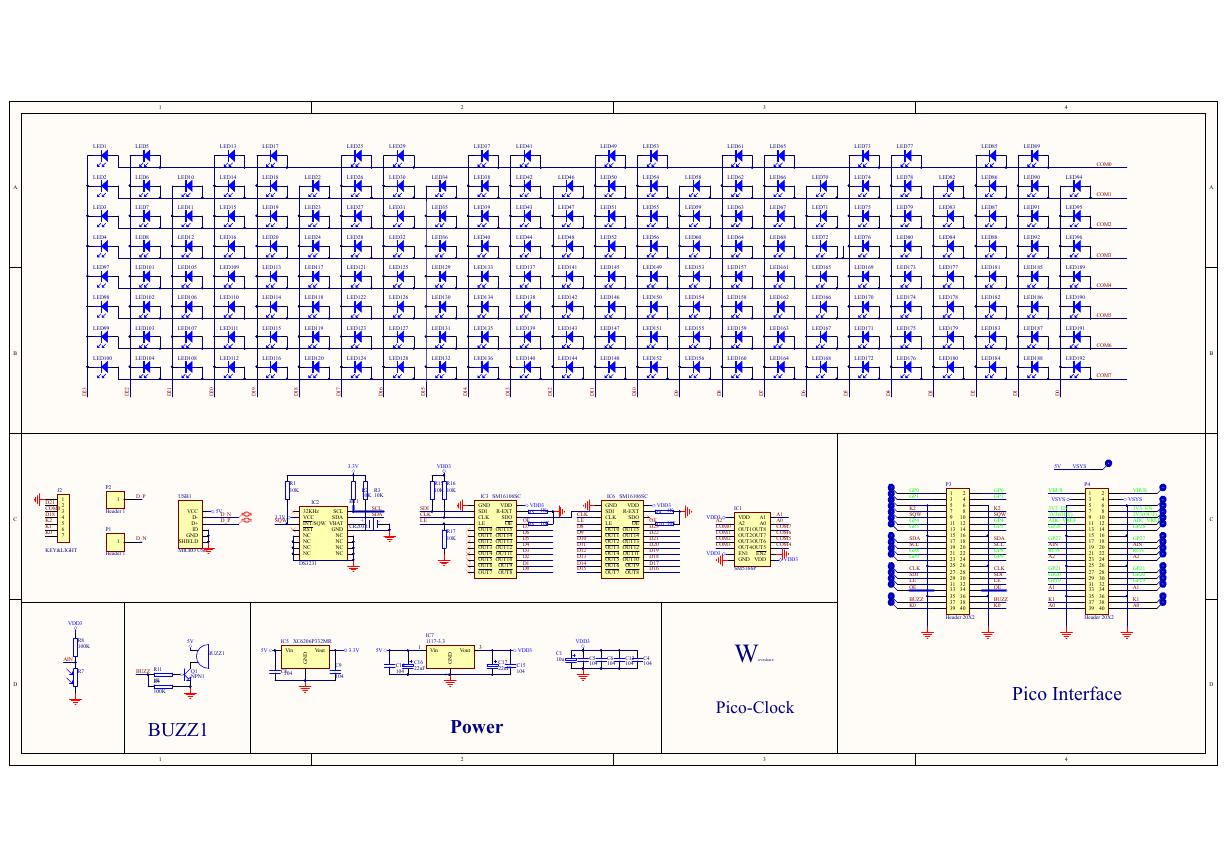 原理图(Pico-Clock-Green-Schdoc).pdf
原理图(Pico-Clock-Green-Schdoc).pdf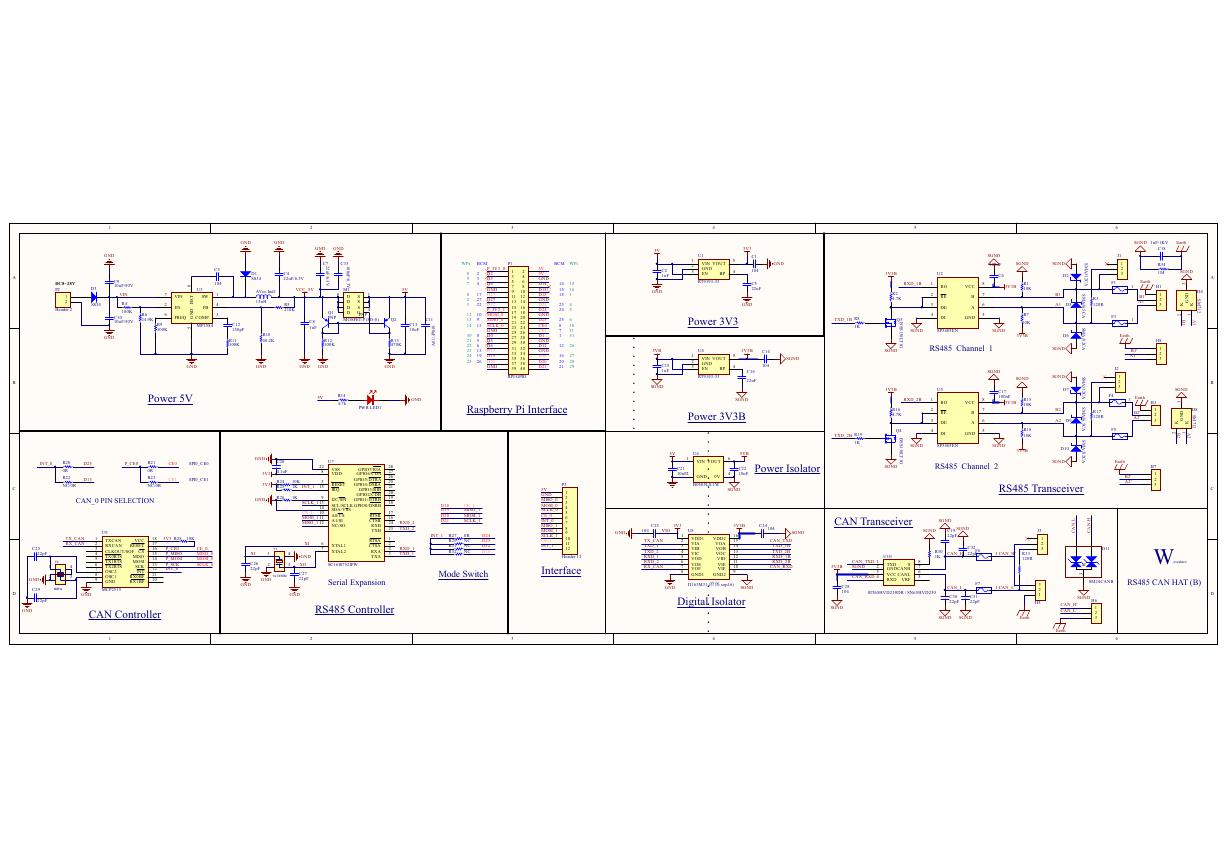 原理图(RS485-CAN-HAT-B-schematic).pdf
原理图(RS485-CAN-HAT-B-schematic).pdf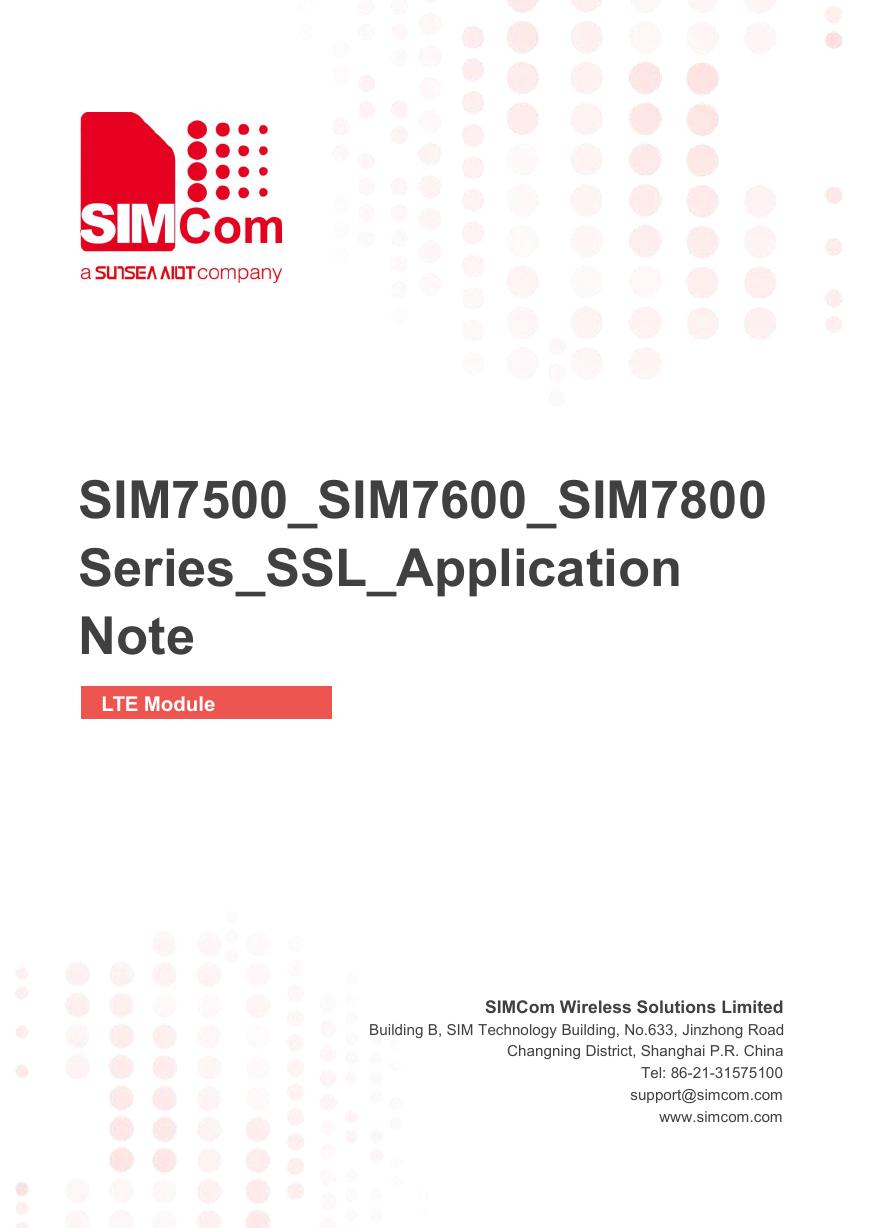 File:SIM7500_SIM7600_SIM7800 Series_SSL_Application Note_V2.00.pdf
File:SIM7500_SIM7600_SIM7800 Series_SSL_Application Note_V2.00.pdf ADS1263(Ads1262).pdf
ADS1263(Ads1262).pdf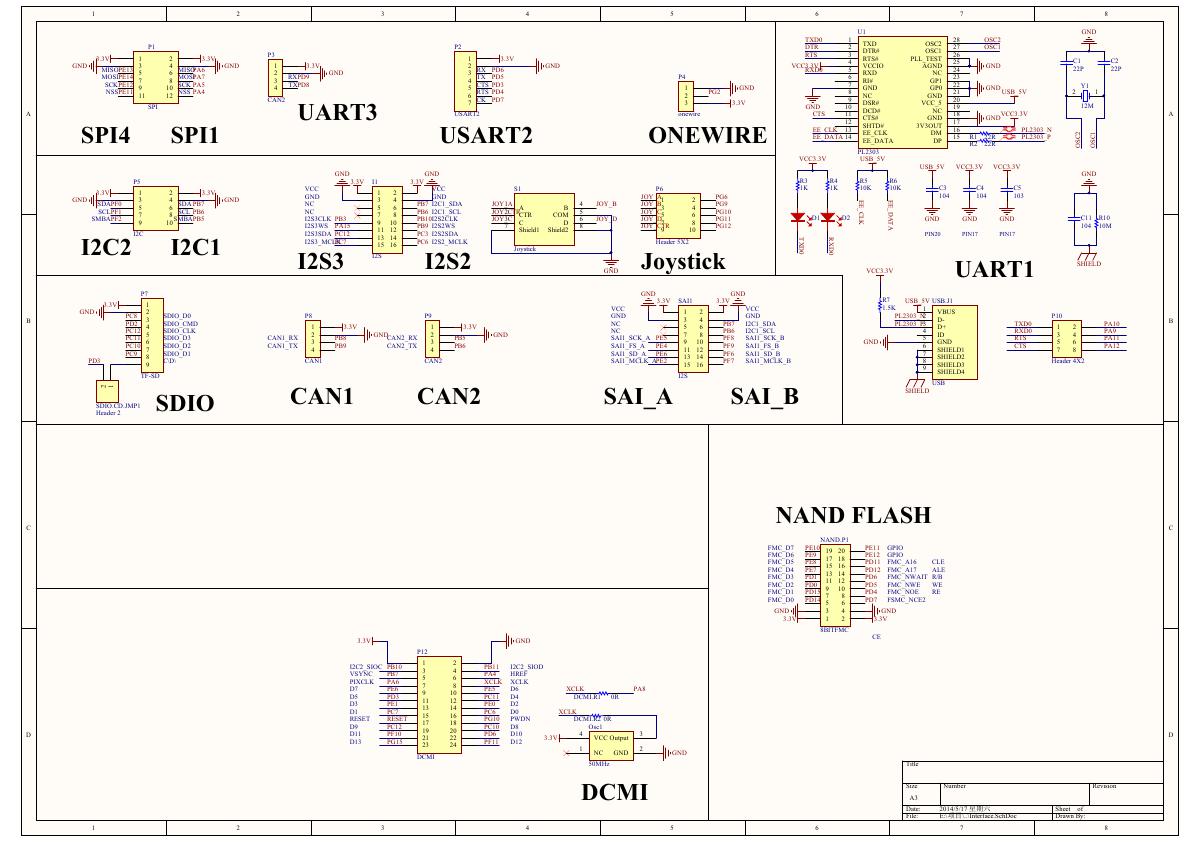 原理图(Open429Z-D-Schematic).pdf
原理图(Open429Z-D-Schematic).pdf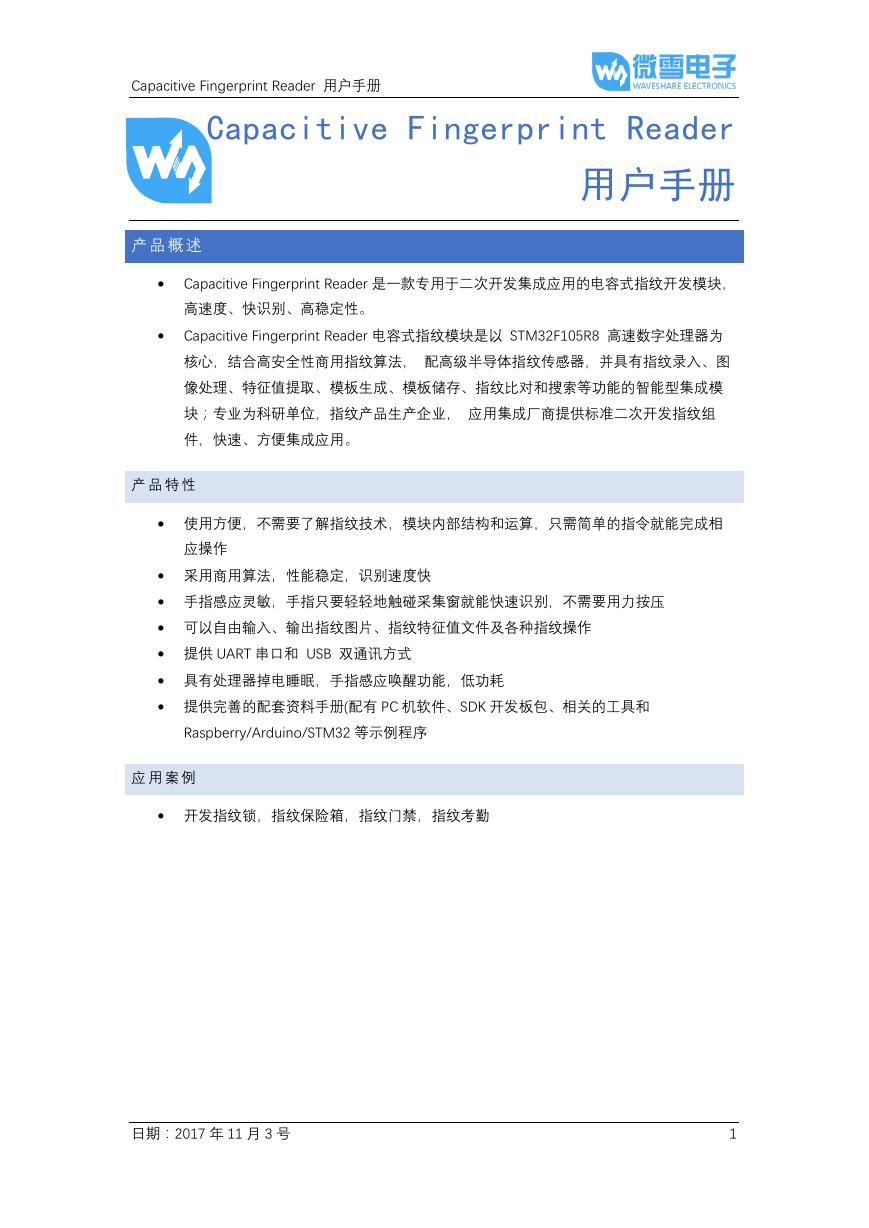 用户手册(Capacitive_Fingerprint_Reader_User_Manual_CN).pdf
用户手册(Capacitive_Fingerprint_Reader_User_Manual_CN).pdf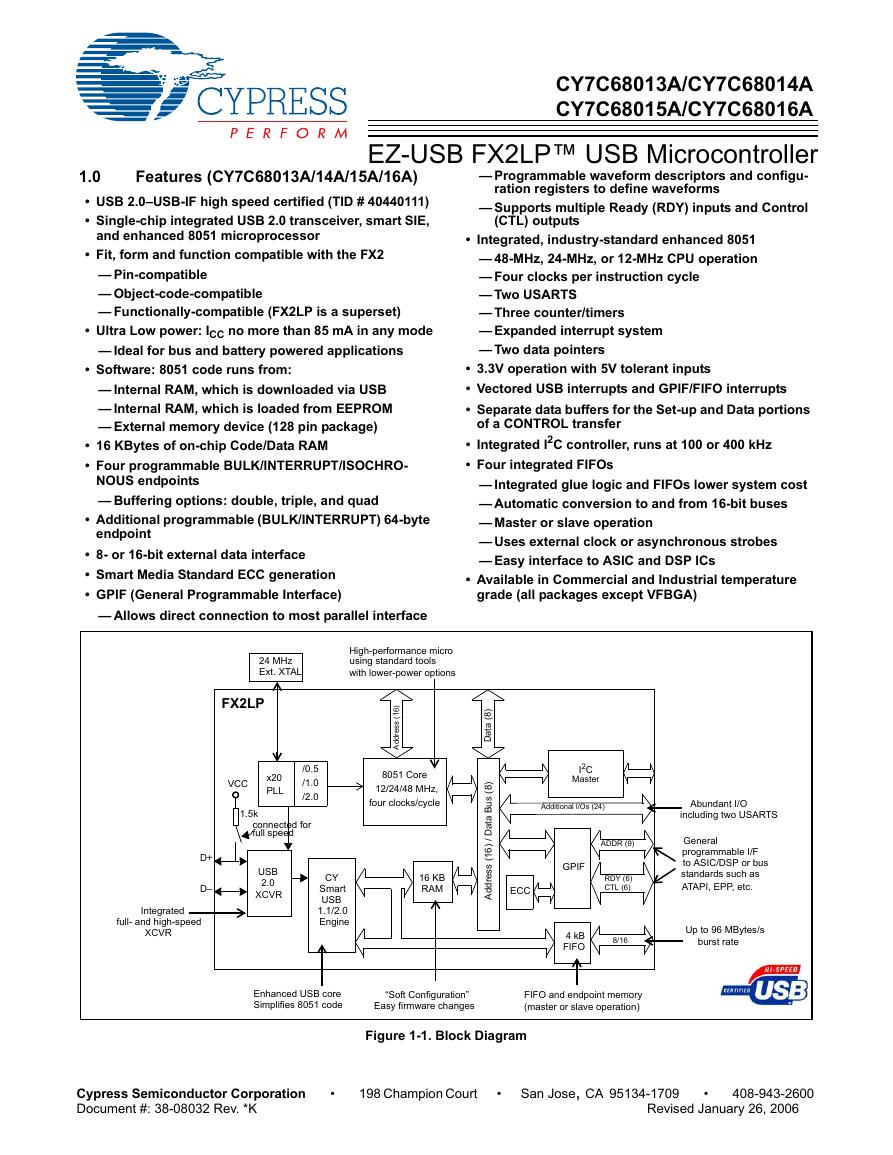 CY7C68013A(英文版)(CY7C68013A).pdf
CY7C68013A(英文版)(CY7C68013A).pdf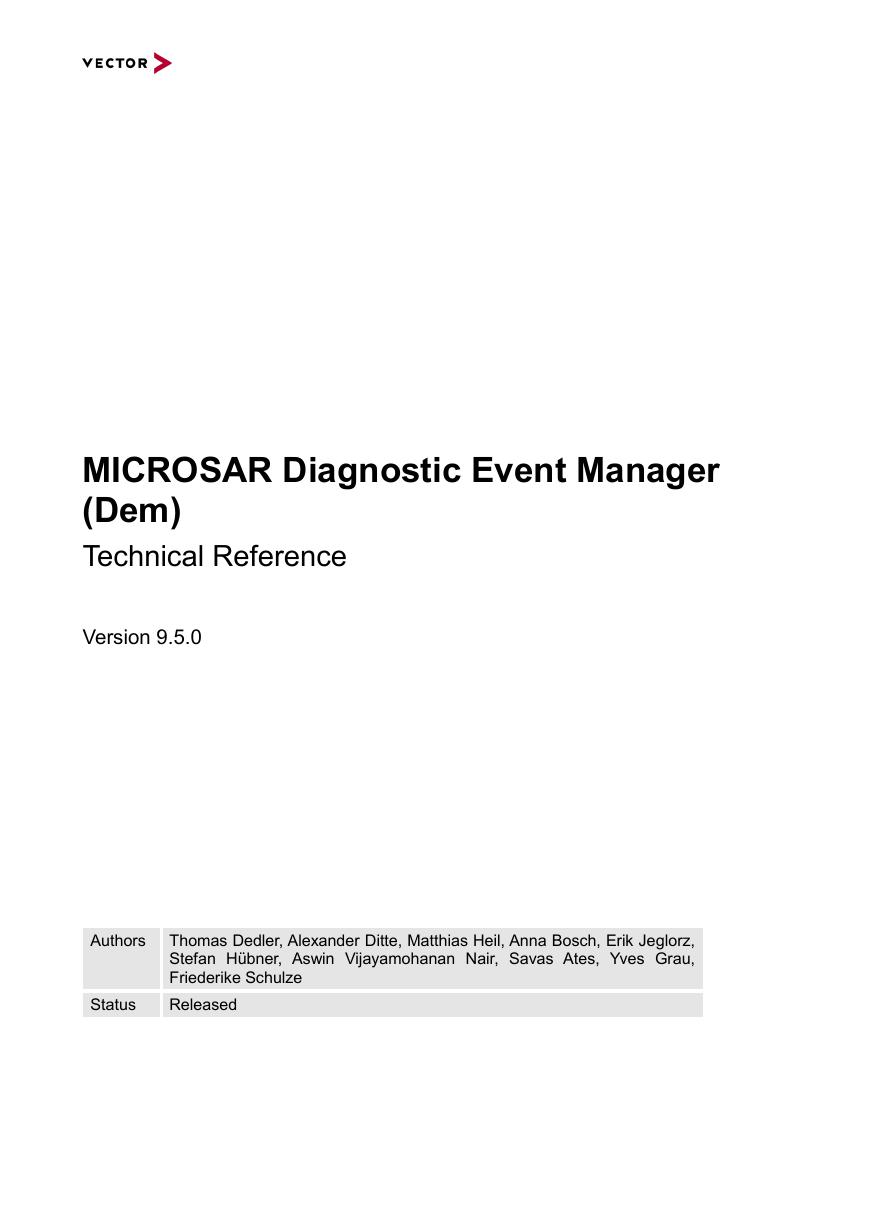 TechnicalReference_Dem.pdf
TechnicalReference_Dem.pdf